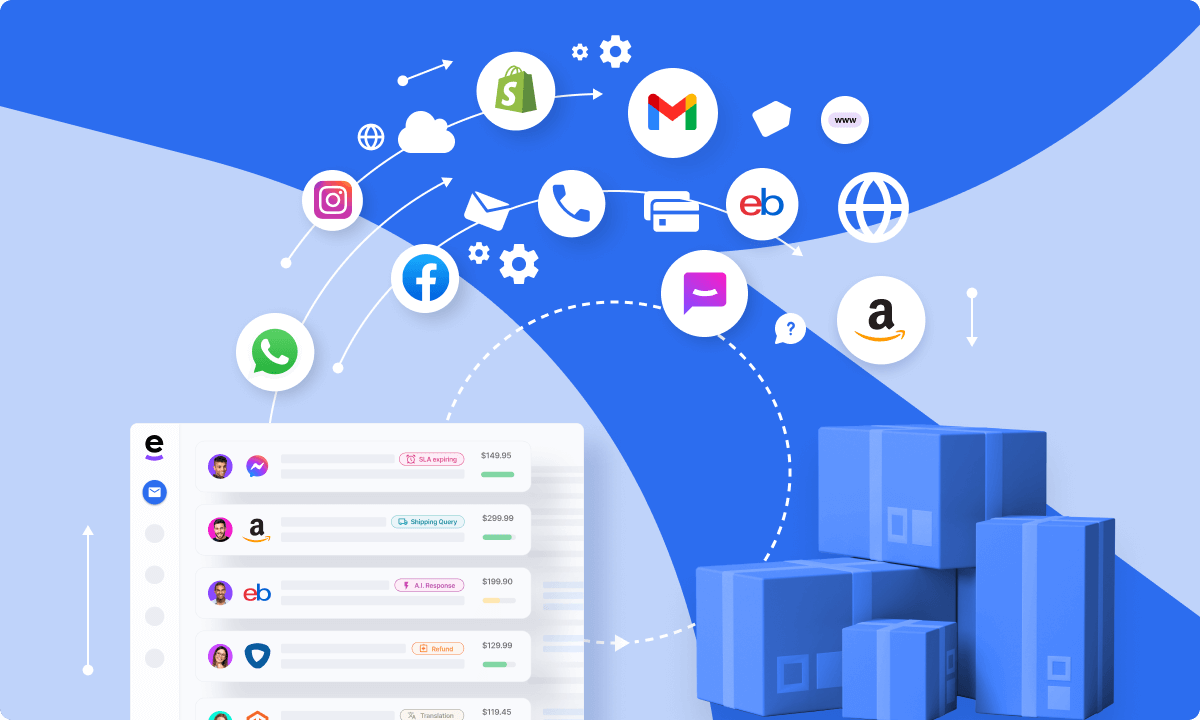
How AI is Revolutionizing API Design: From Frustration to First Class
By Adedayo Oyetoke, Published on: April 5th 2024 4 min, 610 word Views: 856
In today's interconnected world, APIs (Application Programming Interfaces) are the invisible glue that holds the software universe together. They allow different applications to talk to each other, seamlessly sharing data and functionality. But let's be honest, designing a good API can feel like wrangling cats - complex, frustrating, and sometimes downright hair-pulling.
This is where Artificial Intelligence (AI) swoops in, cape billowing, ready to transform API design from a battlefield into a beautiful ballet. Here's how AI is changing the game:
1. From Head-Scratching to Hello World: AI-powered Design Assistants
Imagine having a design sidekick who can brainstorm with you. AI can analyze existing successful APIs and user behavior to suggest optimal structures, resource naming conventions, and even error message phrasings. Stuck on an endpoint design? AI can propose options based on best practices and predict potential usage patterns.
Think of it this way: You're building a self-serve frozen yogurt shop. An AI assistant would suggest clear labeling for flavors and toppings (think clear API endpoints!), predict popular combinations (frequently used API calls), and even craft witty messages for the out-of-sprinkles dispenser (error messages with a touch of humor!).
2. Documentation Demystified: AI, the Grammar Guru of APIs
API documentation is often the bane of a developer's existence. It can be dense, outdated, or simply non-existent. AI can step in as a documentation superhero, automatically generating clear and concise API reference materials. It can analyze your API code and user interactions, then create easy-to-understand descriptions, code samples, and even interactive tutorials.
Here's the analogy: Imagine trying to assemble a complex piece of furniture with only blurry pictures as instructions. AI documentation is like having a crystal-clear instruction manual, complete with helpful diagrams and step-by-step videos.
3. Consistency is King (and Queen): Maintaining API Harmony with AI
Large, sprawling APIs can become a labyrinth of inconsistency. Different naming conventions, illogical structures, and variations in error handling can leave developers frustrated. AI can act as your API consistency czar, analyzing your design and flagging any deviations from established naming styles, resource structures, and error code usage.
Imagine a bustling city: Without clear street signs and a consistent traffic flow, chaos ensues. AI ensures your API is a well-organized city, with clear naming conventions (street signs) and consistent error handling (traffic rules) for a smooth developer experience.
4. Predictive Power: AI Foresees Developer Frustrations
The best APIs anticipate developer needs. AI can analyze usage patterns and identify potential pain points before they arise. It can then suggest improvements like performance optimizations, resource caching strategies, or even predict the need for new endpoints based on emerging developer behaviors.
Here's the real-world example: Traffic congestion analysts use data to predict bottlenecks and optimize traffic flow. AI in API design does the same thing, predicting developer roadblocks and suggesting solutions before frustration sets in.
5. The Feedback Loop that Never Sleeps: Continuously Evolving with AI
Great APIs are living things, constantly adapting to user needs. AI can monitor API usage data and developer feedback, identifying areas for improvement and suggesting tweaks to the design. This creates a continuous feedback loop, ensuring your API stays relevant and user-friendly.
Imagine a restaurant that constantly analyzes customer reviews: Based on feedback, the restaurant might add new menu items or tweak existing dishes. Similarly, AI helps your API "taste" developer feedback and adapt to their evolving needs.
By leveraging AI, you can transform API design from a tedious chore into a strategic advantage. AI empowers you to create APIs that are not just functional, but truly delightful to use - the kind of APIs that have developers singing your praises (or at least writing positive reviews). So, embrace the AI revolution and watch your APIs go from frustrating to first-class!
